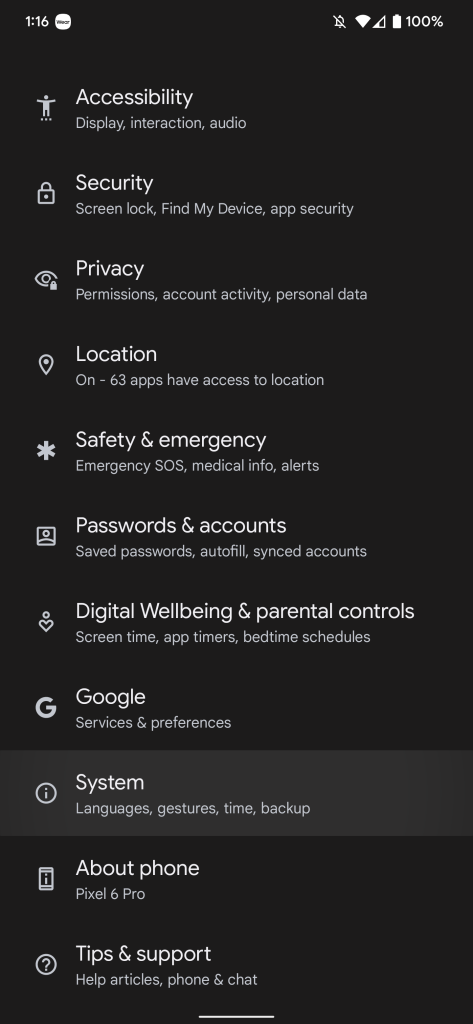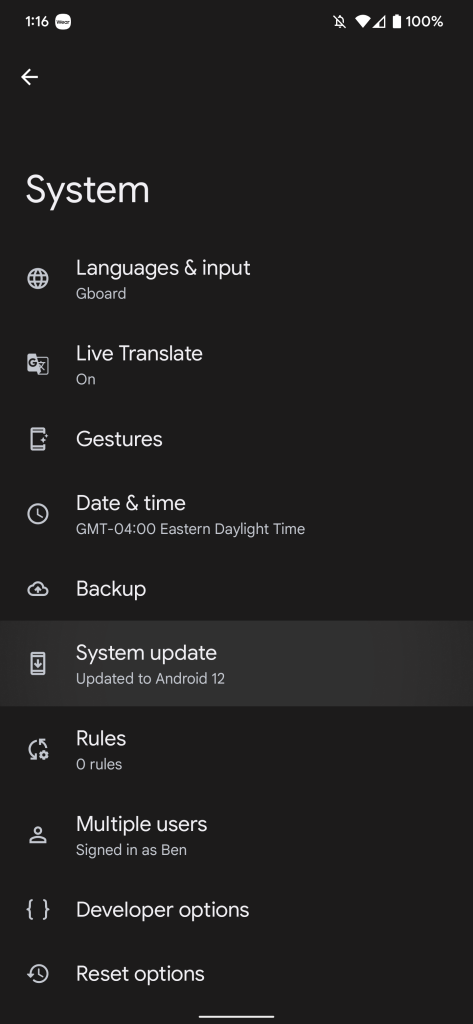Android 13 is now available for select Google Pixel devices ahead of rolling out to the wider Android ecosystem. While it’s not a major upgrade, there’s a fair bit to get excited about – here’s how to install Android 13 on Google Pixel devices.
What’s new in Android 13?
Android 12 arrived this time last year as a major overhaul to the mobile operating system, but Android 13 is a much less impactful update. Most of the key changed to Android 13 can be found behind the scenes, with only a few user-facing changes such as a new Easter egg, more Material You color choices, and more.
What Google Pixel devices support Android 13?
While Google is increasing its support timelines overall, Pixel devices still only get three years of major upgrades. That said, there are nine devices eligible for Android 13. That includes:
- Pixel 4/XL
- Pixel 4a
- Pixel 4a 5G
- Pixel 5
- Pixel 5a
- Pixel 6/Pro
- Pixel 6a
How to install Android 13 on Google Pixel
The easiest way to get Android 13 on your Google Pixel smartphone is to use the system’s built-in update tool. To get the update to download on your device, head to Settings > System > System Update. One quick press of the “check for update” button should pull the update down.
This will generally get the update downloaded and installed on your device within a few hours, but you may have to wait up to a couple of days. Also, the installation process takes a bit longer this way, as the update is installed in the background while your phone is still on and applied with a later reboot.



How to sideload Android 13 on Pixel
If you’re feeling impatient, the faster way to get Android 13 on a Google Pixel smartphone is by sideloading an OTA file.
- Download the OTA file
- Boot into Recovery mode
- Navigate to ADB sideload
- Connect the handset to a computer with ADB tools installed
- Enter the sideload command
- Reboot your phone
To get started, you’ll first need to download the beta OTA file from Google’s Full OTA Image hosting site. That site contains OTA downloads for sideloading different updates, including Android 13, on every Pixel and Nexus device, so you’ll need to scroll down to ensure you are downloading the file that associates with your device. Downloads are available here.
Note: This process won’t wipe your device, but it’s good practice to backup any irreplaceable data in case something goes wrong.
Next, you’ll boot your Pixel into Recovery mode. To do this, fully power down your handset. Then, hold down on the Power button and the Volume down button at the exact same time until you get to the Bootloader page. You will know you’re in the right place when you see an Android figure lying down on the screen.
Using your volume buttons, scroll down to Recovery mode. Select this by clicking the power button. Alternatively, if you’re already connected to a computer with ADB, you can use the reboot recovery command.
Now you should see a smaller Android lying down with an exclamation mark over it. From here, press the Power button and the Volume up button for about a second to fully enter Recovery mode. Releasing the Volume up button will send you into Recovery.
Using the volume buttons, scroll down to Apply update from ADB and select it with the power button. This will launch a mostly blank screen with text near the bottom directing you on how to sideload an OTA, such as this one for the Android 13.
This step is important as it’s the only way to transfer the downloaded OTA file to your handset; you’ll need to have ADB and Fastboot tools in a handy place. You can download ADB tools from the Android Developers website. The Universal ADB Drivers from ClockWorkMod also make the process much easier if you are on a Windows machine versus the drivers already on your machine.
To verify your connection is working, open Command Prompt (Windows) within that folder and type adb devices. Your phone may ask for permission at that point, and you should click the option to remember that computer as well. If things are working properly, adb devices will show your device as connected. You cannot sideload on two devices at once using this method.
As long as everything is in place, you can now sideload the OTA file. On Windows, ensure your Command Prompt is directed to the ADB tools folder and type in adb sideload. If you’re on macOS or Linux, do the same thing in Terminal (use “cd” and “ls” commands to make sure your Terminal is pointed at the right folder, Google it if you need help) but type in ./adb sideload. You’ll then need to insert the file name of the .zip folder you downloaded from Google and hit enter to start the process.
If everything is working properly, you should see some dialog on your computer and handset that shows the process of the sideload and installation process.
Once the OTA is done installing, you will be taken back to Recovery Mode. The last step to jump into the new update is to select the Reboot now option with your power button.
Add 9to5Google to your Google News feed.
google-news
Author: Ben Schoon
Source: 9TO5Google



